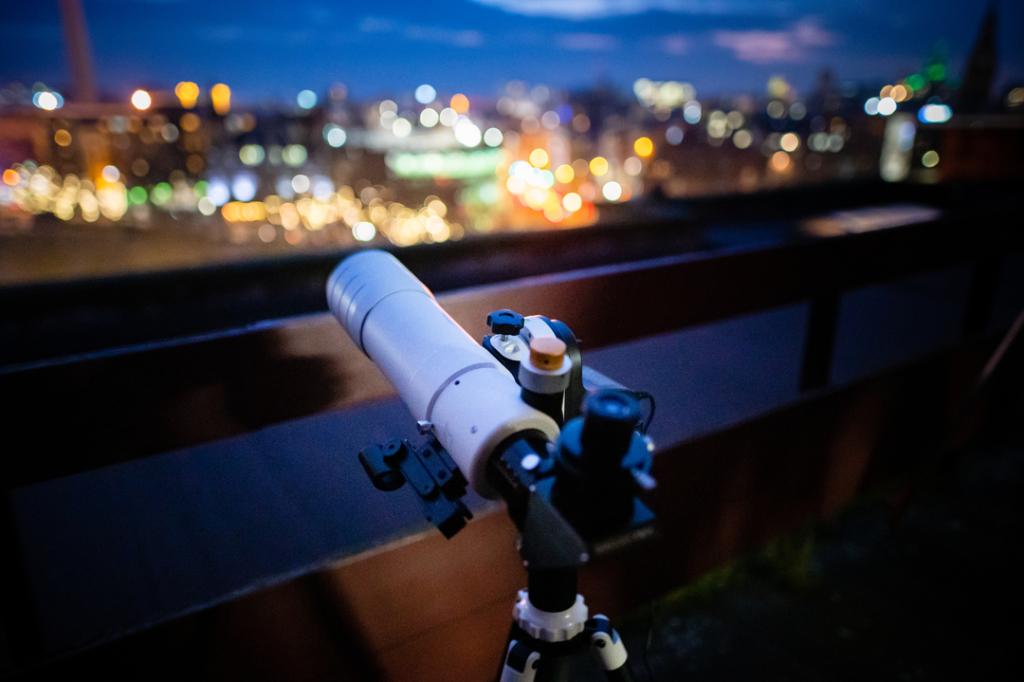Nightwatch | Mapping the Solar System in September
The night sky is always changing, whether it’s the Moon showing different phases or the planets slowly moving across the sky. To help you find your way around, here is this month’s look at events in the sky throughout September.

Changing Seasons
September 22nd marks the Autumnal Equinox, when the Sun moves south of the equator, and our nights begin to draw in rapidly. This event signals the start of Autumn.

The Planets in September:
Hugging the western horizon after sunset is the cloudy world, Venus. It is a lovely magnitude –3.9 and is visible until about 8pm. You will need a clear view of the horizon as it is very low. On the 5th September, the very thin waxing crescent moon will be just to the left of the planet. You may need binoculars to get the best view.
Visible all night is the ringed planet Saturn. The planet will be at its brightest for the year on the 8th September when it is also at its closest to the Earth at a mere 4,322 million Kilometres. It will be around magnitude +0.6 for the month. It is quite low in the sky in the constellation Aquarius.
The rings are currently almost edge on so will appear as a thin line across the planet. Every 13 to 16 years the angle between Earth and Saturn causes the rings to appear to disappear. Even when edge on the rings make a noticeable line across the planet.

Rising around 10:30pm is giant Jupiter. It shines at a lovely magnitude –2.4. The gibbous moon will be above the planet on the 23rd. Use binoculars to watch its four largest moons, the Galilean satellites. They will look like stars near the planet but if you watch them over a few nights, you will see them changing position as they orbit the planet.
The red planet, Mars, rises an hour or so after Jupiter. Shining at magnitude +0.6 it will be found in the constellation of Gemini.
Rising at 04:40am is elusive Mercury. On the 5th September the planet is at greatest elongation meaning it is furthest from the Sun. It brightens through the month passing Regulus, the brightest star in Leo, on the 9th September. The planet disappears into the twilight in the second part of September.
Remember to wrap up and take out a deck chair - happy hunting!
